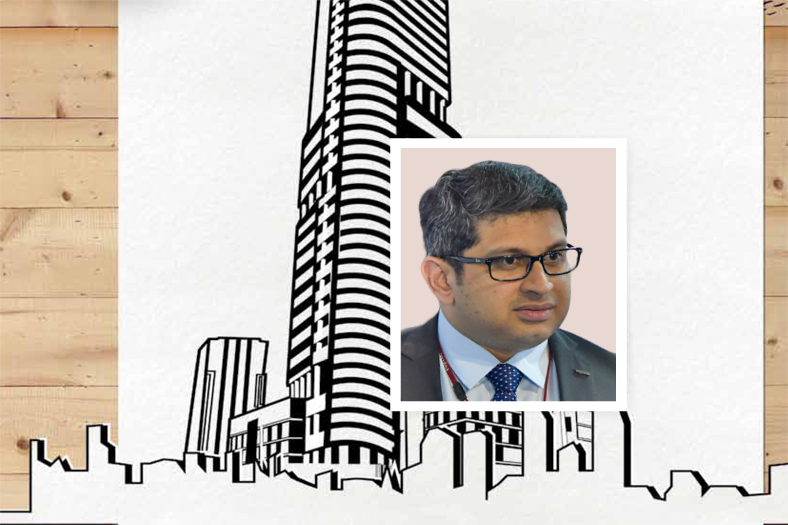Sustainability taking over traditional construction

In most parts of the world and in India as well, sustainable developments are slowly replacing traditional construction and building practices in an effort to minimise negative impacts on the environment as much as possible.
Pankaj Udeshi, AGM Procurement, Supreme Infrastructure India
Construction industry is largest in size and unorganised in nature but providing ample of employment to the people. The evolution of Indian construction industry has followed the same general pattern as happened in other countries, initially founded by the government and slowly taken over by small and big enterprises. In the progress of construction work government has realised the need of professional competence in the field of construction. They also allowed foreign collaborations to develop indigenous design capabilities comparable to in flown foreign technology and skills, says Pankaj Udeshi, Asst. General Manager Procurement, Supreme Infrastructure India Ltd.
Bringing sustainability in construction
Informing about how to bring sustainability in the construction industry Pankaj Udeshi, AGM Procurement, Supreme Infrastructure India Ltd says, “Reducing the environmental impact in the construction industry should be a priority for all construction players. While the best construction practices are being employed by all stakeholders in the residential sector, sustainability concepts are only beginning to catch their attention.”
He adds, “With climate change, energy, water efficiency and waste management becoming areas of national concern, sustainability and green can no longer be ignored by anyone or any sector really. Today, in most parts of the world and in India as well, sustainable developments are slowly replacing traditional construction and building practices in an effort to minimise negative impacts on the environment as much as possible. The commercial sector and corporate world have already started working their way to creating sustainable and energy efficient spaces. While this is a welcome move, unless the residential sector of our country embraces sustainability and green concepts, as a nation, very little progress can be made.”
Green homes
Green homes can have tremendous benefits, both tangible and intangible. The immediate and most tangible benefit is in the reduction in water and operating energy costs right from day one, during the entire life cycle of the building. “The energy savings could range from 20-30 per cent and water savings around 30–50 per cent. Green Homes Ratings can also enhance marketability for the project. Intangible benefits of green homes include enhanced air quality, excellent day lighting, health and wellbeing of the occupants, safety benefits and conservation of scarce resources for the nation,” says Udeshi.
Green home concepts today include various measures to reduce energy consumption such as better building envelope materials including glazing, walls and roof systems, lower lighting power densities through use of CFL, T5 and LED lights for many parts of the residential development including external, landscaping and common areas, solar hot water systems instead of traditional electric heaters, etc.
According to Udeshi, most green residential developments are pursuing various water efficiency measures including installation of sewage treatment plants to treat and reuse treated water for landscaping and toilet flushing purposes, rain water harvesting, use of native and drought-tolerant landscaping species to reduce irrigation water consumption, low flow but high efficiency toilet fixtures, better irrigation practices such as drip irrigation, etc.
In the materials front, in Udeshi’s opinion, various green materials are being used today including materials with high recycled content, materials that are rapidly renewable such as bamboo, low VOC (volatile organic compound) materials for better indoor air quality, etc. Waste management is also another focus area with many developments opting for organic waste management systems or composting systems, on-site recycling practices in an effort to promote green and sustainability among the occupants as well.
“Greening residential spaces can also help considerably reduce the overall negative impact on the environment and reverse the practice of unsustainable construction activities while reducing operating costs, enhancing building marketability, increasing occupant satisfaction and all the while creating spaces that are healthier to live and work. For us in India, it is crucial that these important aspects of sustainability are addressed by the construction industry as we build the nation’s infrastructure for the next century over the next couple of decades.” states Udeshi.
Cookie Consent
We use cookies to personalize your experience. By continuing to visit this website you agree to our Terms & Conditions, Privacy Policy and Cookie Policy.









